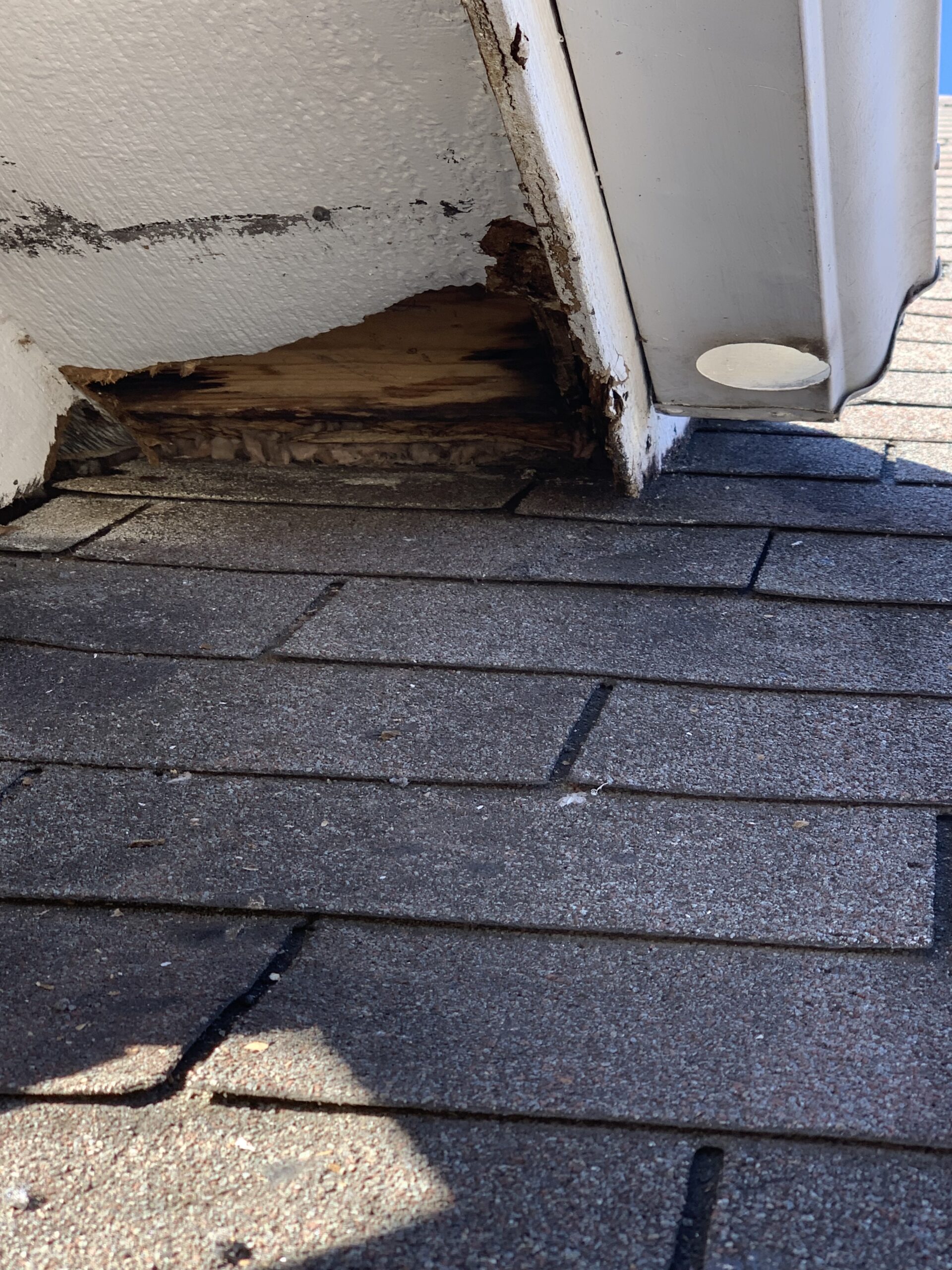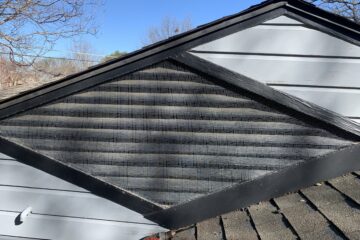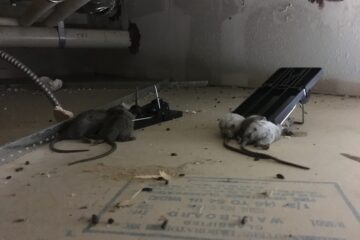Rodents, such as mice and rats, can exploit even the smallest gaps and cracks in buildings to gain entry and establish infestations. Effective rodent exclusion involves sealing these entry points to prevent rodents from entering your property. By identifying and sealing gaps and cracks, you can significantly reduce the risk of rodent infestations and protect your home or building. In this article, we will discuss the importance of rodent exclusion and provide guidance on how to identify and seal gaps and cracks in your property.
The Importance of Rodent Exclusion:
Rodent exclusion is a crucial step in preventing rodent infestations and maintaining a pest-free environment. Rodents can enter buildings through openings as small as a quarter inch in diameter. By sealing gaps and cracks, you create a physical barrier that denies rodents access to your property. This proactive measure helps protect against property damage, health risks, and the inconvenience associated with rodent infestations.
Identifying Gaps and Cracks:
- Exterior Inspection:
– Carefully examine the exterior of your property, including the foundation, walls, roof, windows, doors, vents, and utility lines. Look for any gaps, cracks, or openings that rodents can exploit.
– Pay attention to areas where different materials meet, such as where siding meets the foundation or where pipes enter the building.
– Inspect rooflines, including eaves, soffits, and fascia, as rodents can access buildings through these areas.
- Interior Inspection:
– Conduct a thorough inspection of the interior of your property, paying close attention to areas where rodents are likely to enter, such as basements, crawl spaces, attics, and utility rooms.
– Check walls, floors, ceilings, and baseboards for gaps, cracks, or holes that rodents can use for entry.
– Inspect areas where pipes, wires, or cables enter the interior of the building.
Sealing Gaps and Cracks:
Once you have identified gaps and cracks in your property, it is important to seal them properly. Here are some effective techniques for sealing gaps and cracks:
- Use Caulk or Sealant:
– Caulk or sealant is a versatile and commonly used material for sealing gaps and cracks. It is suitable for both interior and exterior applications.
– Choose a high-quality caulk or sealant that is appropriate for the material you are sealing, such as silicone caulk for areas prone to moisture.
– Apply caulk or sealant to gaps and cracks, ensuring a complete seal. Smooth the caulk using a caulk gun or a putty knife for a neat finish.
- Fill with Expanding Foam:
– Expanding foam is an excellent option for filling larger gaps and cracks. It expands to fill irregular shapes and provides an airtight seal.
– Carefully follow the instructions provided with the expanding foam product.
– Wear protective gloves and clothing when working with expanding foam, as it can be messy and difficult to remove once it dries.
- Install Weatherstripping:
– Weatherstripping is useful for sealing gaps around doors and windows. It creates a barrier against drafts and prevents rodent entry.
– Choose weatherstripping that is appropriate for the type of door or window you are sealing, such as adhesive-backed foam or V-strip weatherstripping.
– Measure and cut the weatherstripping to the appropriate length, then apply it to the edges of doors and windows to create a tight seal.
- Patch Holes and Cracks:
– For larger holes or cracks in walls or floors, use appropriate patching materials, such as spackle, joint compound, or concrete patching compound.
– Clean the area around the hole or crack, then follow the manufacturer’s instructions to apply and smooth the patching material.
– Allow the patching material to dry and sand it down if necessary for a smooth finish.
- Reinforce with Hardware Cloth:
– Hardware cloth, which is a strong, woven mesh made of metal, can be used to reinforce areas where rodents may chew or gnaw, such as around utility lines or vents.
– Cut the hardware cloth to the appropriate size and shape, then secure it over the vulnerable area using screws, nails, or wire ties.
Rodent exclusion through sealing gaps and cracks is a vital step in preventing rodent infestations and protecting your property. By conducting a thorough inspection, identifying gaps and cracks, and using appropriate sealing materials, such as caulk, expanding foam, weatherstripping, and hardware cloth, you can create a robust barrier that deters rodents from entering your home or building. Taking proactive measures to seal entry points significantly reduces the risk of rodent infestations, safeguarding your property from damage and health risks associated with rodents.




